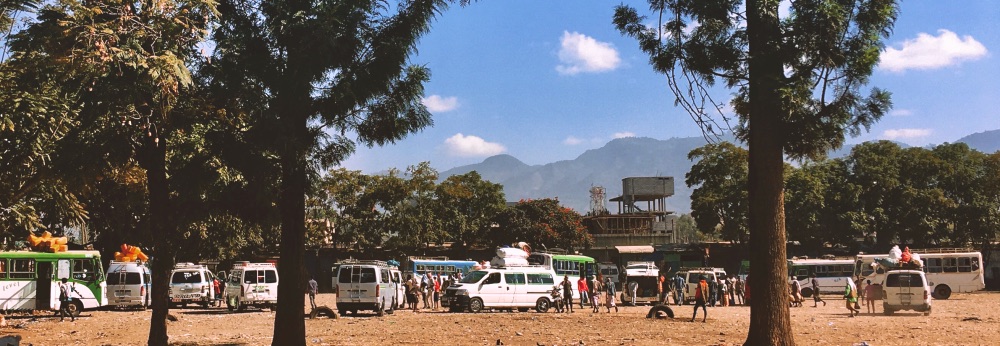24. October 2023, 18:00 CET
Since the 19th century, the Wällo region in Ethiopia has served as a prominent hub for Islamic education. This has led to the establishment of numerous centers dedicated to Islamic scholarship, fostering a flourishing literary tradition. In addition to Arabic literature, there has been a notable emergence of literature in local languages such as Amharic, Argobba, Afar, and Oromo, all of which were written using the Arabic script. The language found in these manuscripts is heavily influenced by Classical Arabic, to the extent that Drewes (1976) describes it as a „intricate mixture of languages.“ This phenomenon raises broader questions about the relationship between language and religion, particularly the notion of distinct religiously defined linguistic varieties, such as „Islamic languages“ (Bausani 1981, challenged by Versteegh 2020) or „Muslim“ varieties (Gori 2015). Hary and Wein (2013) propose the concept of „religiolect“ as a theoretical framework that may shed light on this matter. Additionally, Brenner and Last (1985) discuss the use of „learned dialects“ within social contexts characterized by Islamic scholarship. The presentation will provide an overview of Islamic Amharic manuscript literature, describe its linguistic peculiarities and discuss its sociolinguistic role.
References
- Bausani, Alessandro. 1981.“Le lingue islamiche: Interazioni e acculturazioni”. In Bausani, Alessandro and Scarcia Amoretti, Biancamaria (eds.). Il mondo islamico tra interazione e acculturazione. Rome: Università degli Studi di Roma. 3-19.
- Brenner, Louis and Last, Murray. 1985. “The role of language in West African Islam”. Africa 55(4). 432-446.
- Gori, Alessandro. 2015. “Languages and literatures of the Muslims of the Horn of Africa: some first general reflections”. In: P. Nicelli (Ed.). L’africa, l’oriente mediterraneo e l’europa. Tradizioni e culture a confronto. Milano: Veneranda Biblioteca Ambrosiana. 119-126.
- Drewes, Abraham Johannes. 1976. Classical Arabic in Central Ethiopia. Leiden: Brill.
- Hary, Benjamin and Wein, Martin J. 2013. “Religiolinguistics: on Jewish-, Christian- and Muslim-defined languages”. International Journal of the Sociology of Language 220. 85-108.
- Versteegh, Kees. 2020. “Can a Language be Islamic?” Eurasian Studies 18. 5-25.
Registration by email.

